How do you charge solar spot lights
Solar spot lights have become increasingly popular for illuminating outdoor spaces, offering an eco-friendly and cost-effective lighting solution. These versatile fixtures harness the power of the sun to provide beautiful, targeted illumination for gardens, pathways, and architectural features. However, to ensure optimal performance, it’s crucial to understand how to charge these innovative lights properly. In this comprehensive guide, we’ll learn the intricacies of charging solar spot lights, delve into best practices, and offer valuable insights to help you maximize their efficiency.
Grasping the Charging Mechanism of Solar Spot Lights
Solar spot lights operate on a simple yet ingenious principle. During daylight hours, the solar panel on top of the light absorbs sunlight and converts it into electrical energy. This energy is then stored in rechargeable batteries within the light fixture. When darkness falls, a photosensor triggers the light to switch on, utilizing the stored energy to illuminate your chosen area.
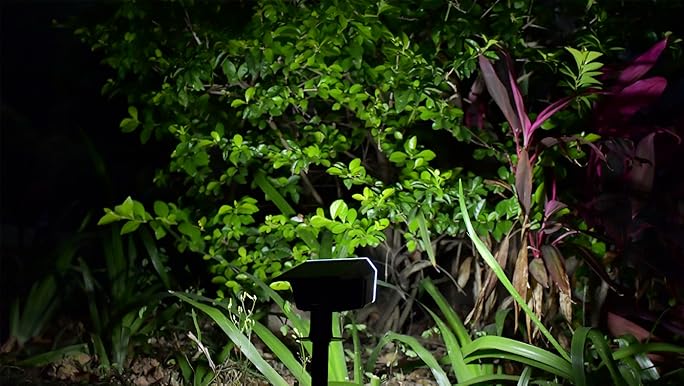
The charging process is completely automatic, requiring no intervention from the user. However, several factors can influence the efficiency of this process:
- Sunlight Exposure: The amount of direct sunlight a solar panel receives is crucial for optimal performance. The panel should be exposed to unobstructed sunlight for several hours each day to ensure maximum charging efficiency. The more direct sunlight the panel absorbs, the more energy it can generate. Ensuring there are no obstacles like trees or buildings blocking the sunlight can significantly improve the charging process.
- Panel Orientation: The angle and direction of the solar panel play a key role in its ability to capture sunlight. For maximum efficiency, the panel should be positioned to face south in the Northern Hemisphere and north in the Southern Hemisphere. This orientation allows the panel to receive sunlight for the longest duration during the day, helping it charge efficiently. Adjusting the angle based on the local latitude and time of year can further optimize performance.
- Weather Conditions: Weather conditions, particularly cloudy or overcast days, can reduce the efficiency of solar charging. When the sky is covered, less sunlight reaches the panel, leading to slower charging. On such days, the solar panel may not store enough energy to power the lights for long periods.
- Seasonal Variations: Seasonal changes can affect the efficiency of solar charging due to the varying position of the sun throughout the year. In the winter months, with shorter daylight hours and a lower angle of sunlight, charging may be less efficient. During the summer, longer days and more direct sunlight typically result in better charging.
Understanding these factors is crucial for optimizing the performance of your solar spot lights. By considering these elements, you can ensure that your lights receive the best possible charge, resulting in brighter, longer-lasting illumination when you need it most.
Maximizing Charging Efficiency for Solar Spot Lights
To ensure your solar spot lights are charging at peak efficiency, consider implementing the following strategies:
- Strategic Placement: Position your solar spot lights in areas that receive ample direct sunlight throughout the day. Avoid shaded areas or locations obstructed by trees, buildings, or other structures.
- Regular Cleaning: Dust, dirt, and debris can accumulate on the solar panel, reducing its ability to absorb sunlight. Gently clean the panel with a soft, damp cloth periodically to maintain optimal charging capacity.
- Angle Adjustment: Many solar spot lights feature adjustable panels. Experiment with different angles to find the position that captures the most sunlight throughout the day.
- Seasonal Repositioning: As the sun’s path changes with the seasons, consider repositioning your lights to ensure they continue to receive maximum sunlight exposure.
- Battery Maintenance: While most modern solar spot lights use high-quality rechargeable batteries, they may eventually need replacement. If you notice a significant decrease in performance, consider replacing the batteries to restore optimal charging and illumination.
- Initial Charging: When first installing your solar spot lights, allow them to charge for a full 24-48 hours before use. This initial charge helps condition the batteries and ensures optimal performance from the start.
Troubleshooting Common Charging Issues
Despite their generally reliable nature, solar spot lights may occasionally encounter charging issues. Here are some common problems and their potential solutions:
- Insufficient Illumination: If your lights aren’t as bright as expected, it could be due to inadequate charging. Ensure they’re placed in an area with ample sunlight and clean the solar panels if necessary.
- Short Operating Time: If your lights don’t stay illuminated for as long as they should, the batteries may not be fully charging. Check for obstructions blocking sunlight and consider repositioning the lights.
- Inconsistent Performance: Fluctuating brightness or intermittent operation could indicate a problem with the battery or circuitry. Try replacing the batteries or contacting the manufacturer for assistance.
- Failure to Illuminate: If your lights don’t turn on at all, check that the power switch is in the “on” position and ensure the solar panel is clean and unobstructed. If the problem persists, the battery or internal components may need replacement.
Conclusion
Solar spot lights represent an elegant fusion of sustainable technology and practical illumination. By understanding the charging process and implementing best practices, you can ensure your lights perform optimally, providing beautiful, eco-friendly lighting for years to come. As we continue to embrace renewable energy solutions, products like solar spot lights pave the way for a brighter, more sustainable future. By harnessing the power of the sun, we not only reduce our carbon footprint but also bring a touch of innovation and beauty to our everyday environments.
For those seeking high-quality, reliable solar lighting solutions, consider exploring the range offered by BITPOTT Lighting. With a commitment to quality control, efficient communication, and continuous innovation, BITPOTT stands at the forefront of solar lighting technology. Their team of experts is always ready to provide support and guidance, ensuring you find the perfect solar spot lights for your needs. For more information or to discuss your solar lighting requirements, don’t hesitate to reach out to their knowledgeable team at info@forigat.com.
References
- U.S. Department of Energy. (2021). Solar Lighting Basics. Office of Energy Efficiency & Renewable Energy.
- National Renewable Energy Laboratory. (2022). Solar Resource Data and Tools. NREL.gov.
- American Lighting Association. (2023). Solar Outdoor Lighting Guide. Lighting.org.
- Environmental Protection Agency. (2022). Energy and the Environment. EPA.gov.

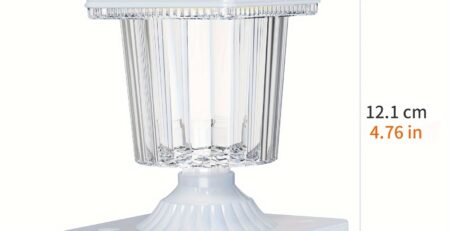


-1-2-450x231.webp)

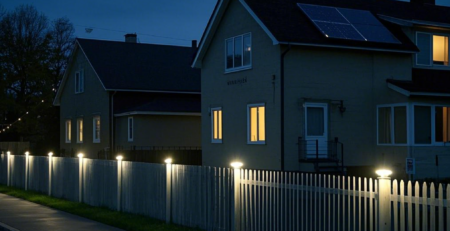
-2-1-450x231.webp)

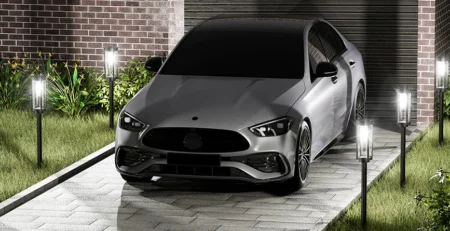
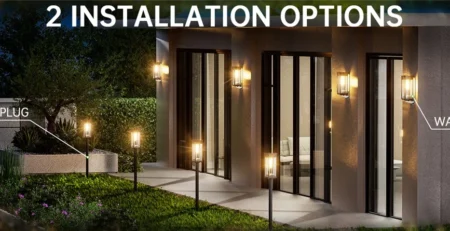
Leave a Reply